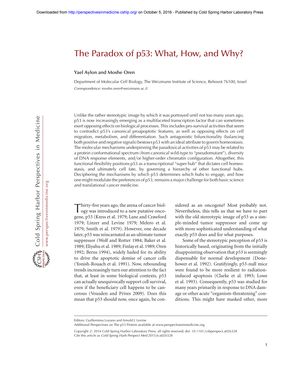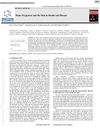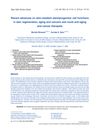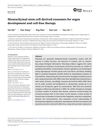The Paradox of p53: What, How, and Why?
July 2016
in “
Cold Spring Harbor Perspectives in Medicine
”
p53 tumor suppression proapoptotic effects cell migration metabolism differentiation protein conformation DNA response elements chromatin configuration metabolic diseases stem cell differentiation transcription-independent functions isoform cell motility cell invasion p63 p73 cell fate determination

TLDR The p53 protein has complex, sometimes contradictory functions, including tumor suppression and promoting cell survival.
The document from 2016 explores the paradoxical nature of the p53 protein, which is known for its role in tumor suppression but also has a wide range of functions that can sometimes contradict its role in promoting cell death. The authors describe p53's "antagonistic bifunctionality," which allows it to maintain cellular homeostasis by exerting both pro-survival and proapoptotic effects, as well as influencing cell migration, metabolism, and differentiation. These functions are context-dependent and involve complex molecular mechanisms, including variations in protein conformation, DNA response elements, and chromatin configuration. The paper also discusses p53's role in metabolic diseases, stem cell differentiation, and its transcription-independent functions, highlighting the discovery of a new isoform that promotes cell motility and invasion. Additionally, the document touches on p53's family members, p63 and p73, and suggests that p53's multifunctionality and evolutionary persistence indicate its importance as a regulatory "super hub" in cell fate determination. Despite the complexity, the authors emphasize the need for further research to fully understand p53's diverse roles.







